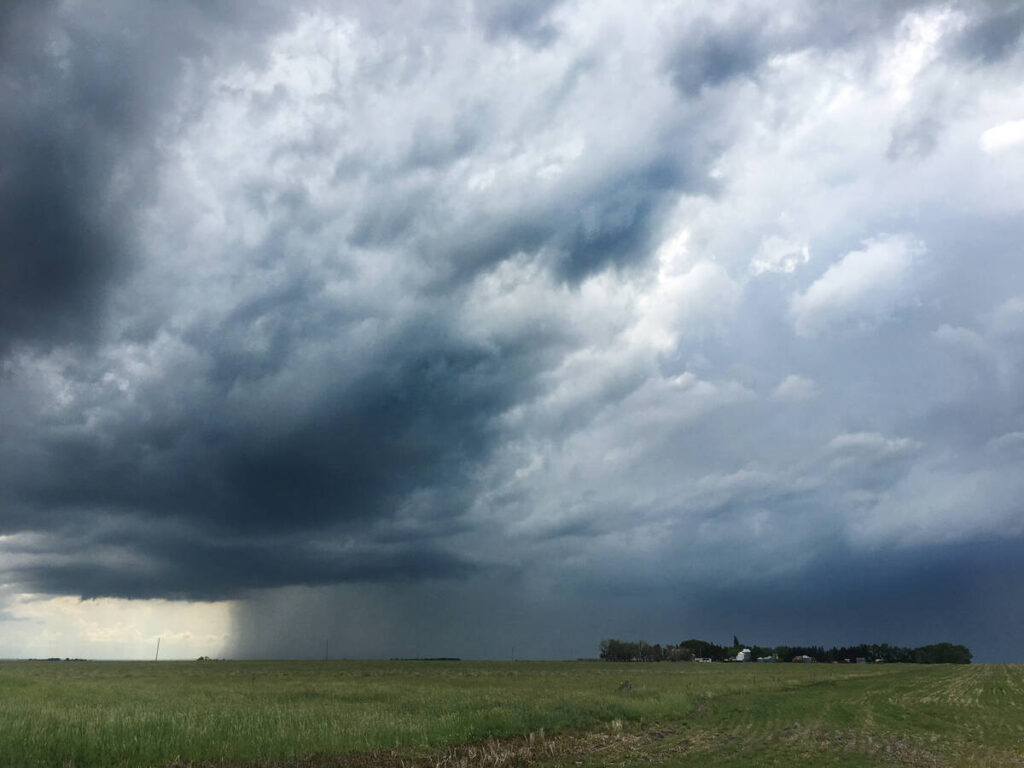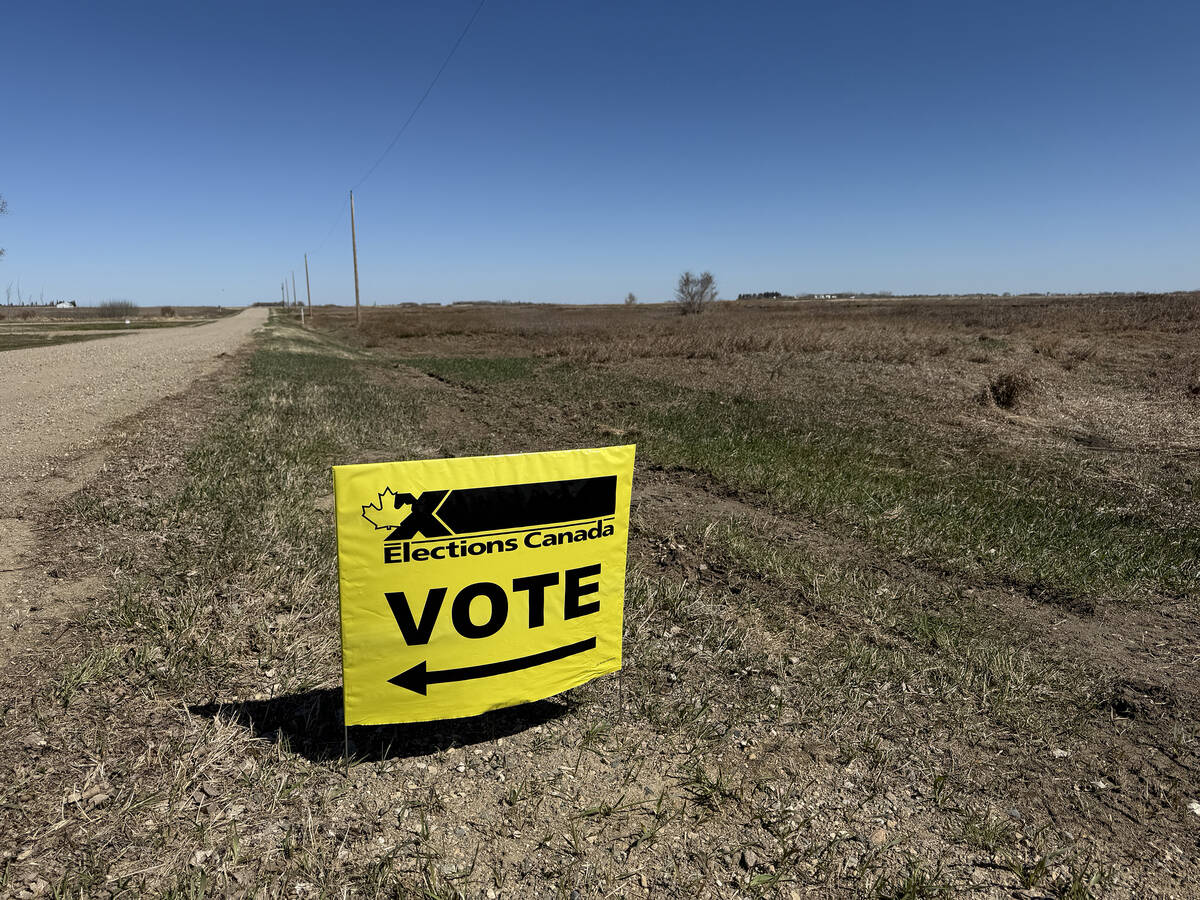Hot, dry summer expected | The Western Producer

SASKATOON — Environment Canada’s spring and summer weather forecast for the Canadian Prairies comes with a warning.
“It unfortunately might not be what farmers want to hear,” said meteorologist Danielle Desjardins.
“It’s going to be a hot and dry summer, especially over the southern Prairies.”
Read Also


Farmers ‘cautiously optimistic’ about Carney government
Many farmers are cautiously hopeful for change after Mark Carney’s Liberals won a minority government last week.
Precipitation is expected to be below normal in the May-June-July period for much of the Prairie region except for eastern Saskatchewan and western Manitoba, where it should be normal.
The forecast comes with the usual caveat that thundershowers can drastically change the outlook on a regional basis by delivering as much as 50 millimetres of rain in a short period of time.
The August-September-October outlook calls for normal precipitation except for southwestern Alberta, where it is expected to be dry, and the extreme southeast corner of Saskatchewan, where it will be wet.
The temperature outlook for the spring and summer is far more definitive.
“We’re looking at between a 70 and 90 per cent chance of it being above normal through those months,” said Desjardins.
The temperature forecast has been consistent and there is a high degree of confidence in it, although that confidence wanes slightly the further out the forecast goes in the summer months.
The probability is extremely strong for the eastern Prairies, and still more than 70 per cent for the western half.
“The conditions are going to be prime for the spread of fire,” she said.
Desjardins cautioned people to properly extinguish campfires and cigarettes.
“Lots of fires are produced by humans, not just lightning from thunderstorms,” she said.
Drew Lerner, president of World Weather Inc., has a more optimistic outlook for the Canadian Prairies.
It will likely be dry in the first half of May and then turn wet in the second half and early June.
“We’ll see a nice improvement in the moisture profile across the west and south parts of the Prairies,” he said.
Precipitation will be less pronounced in the north, but there should still be some timely rains.
The southern Prairies will turn drier in July, while the north should have better moisture conditions.
“The drought that has been prevailing in the Peace country, especially on the British Columbia side, should be easing finally in the summer months,” said Lerner.
August will bring a nice mix of precipitation across the Prairies, although there will be pockets of dryness.
Lerner is forecasting a normal harvest after a few years of persistently dry conditions in September and October. However, he doesn’t expect the rain to cause any big harvest problems.
He agrees with Environment Canada’s hotter-than-normal spring/summer temperature forecast, but that is a bit of a no-brainer.
“That’s pretty easy to say since the whole planet continues to be warm,” said Lerner.
The only time he is forecasting a cooler-than-normal bias is in Alberta during the rainy period in June.
The National Oceanic and Atmospheric Administration (NOAA) is forecasting below normal precipitation for most of the U.S. Plains during the spring and summer.
That is where the U.S. spring wheat and hard red winter wheat crops are grown.
Temperatures are expected to be above normal, especially in a wide diagonal swath running from Washington through Texas.
Lerner is not as pessimistic as NOAA about the moisture forecast for the Plains region.
He believes precipitation will be above normal in the northern Plains in late May and early June and wet in the southern Plains.
However, the central Plains will be dry, especially in Nebraska and northern Kansas.
During the remainder of June and July it will be dry in the northern and central Plains.
The western portion of the northern Plains will receive some moisture in August, while the eastern portion should have normal rains.
The southern Plains will remain wet.
“There’s a pocket in the central Plains that has the most potential for having chronic dryness,” said Lerner.
NOAA is forecasting dry conditions for the western corn belt region during the heart of summer. The eastern portion will have normal conditions.
Lerner sees more of a north-south split with the north receiving normal precipitation and the south starting out wet and then becoming dry as summer progresses.
Source: producer.com


